Table of Content
The Union Cabinet, chaired by Prime Minister Narendra Modi, has recently approved the much-anticipated Lucknow Metro Phase-1B, an extension that promises to reshape urban mobility and significantly uplift the real estate landscape in Lucknow’s historic Old City. Spanning 11.165 kilometres, this new metro corridor is designed to serve some of the oldest, most congested, and culturally rich parts of the city, offering enhanced connectivity and paving the way for economic and social development.
Expanding Connectivity with Lucknow Metro Phase-1B
The Lucknow Metro Phase-1B will comprise 12 strategically placed stations, including seven underground and five elevated stops, seamlessly linking critical commercial and residential zones across Old Lucknow. This phase will connect key neighbourhoods like Aminabad, Yahiyaganj, Pandeyganj, and Chowk — areas that have long faced transportation challenges due to narrow roads and heavy traffic congestion.
The metro line will also provide access to major landmarks such as King George's Medical University, an important healthcare hub, along with cultural and tourist attractions like Bara Imambara, Chota Imambara, Bhool Bhulaiya, and Rumi Darwaza, all of which define the city’s rich heritage. By integrating these sites into the metro network, the project not only improves convenience but also promotes tourism, facilitating greater footfall in these heritage zones.
This expansion is set to increase Lucknow’s operational metro network length to 34 kilometres, making it a more comprehensive system for daily commuters. The project’s estimated cost is around ₹5,801 crore, reflecting the scale and importance of this urban infrastructure endeavour.
Positive Impact on Real Estate Markets in Old Lucknow
Real estate analysts are optimistic about the transformative effect that the Lucknow Metro Phase-1B will have on property values in Old Lucknow. Ravi Nirwal, Sales Director and Principal Partner at Square Yards, explains that although these established areas have limited new land for development, improved accessibility and shorter commute times typically drive demand for residential and commercial properties.
Neighbourhoods such as Aminabad, Yahiyaganj, Pandeyganj, and Chowk, known for their historical and cultural significance, stand to benefit significantly. The metro link will enhance access to business districts, educational institutions, medical facilities, and shopping areas, making these localities more attractive to homebuyers, investors, and businesses alike.
Even in markets where new construction opportunities are rare, better infrastructure tends to stimulate fresh interest. This can lead to increased property prices, refurbishment of older buildings, and a revival of local commerce, ultimately resulting in a more vibrant urban environment.
Also Read: Mumbai Port Authority to Lease 28 Key Plots in Mumbai and Alibaug, Raise ₹800 Crore
Economic and Social Advantages of the Metro Expansion
The Lucknow Metro Phase-1B is not just a transportation project—it’s a catalyst for comprehensive urban renewal. By improving mobility, it reduces travel times and eases the strain on existing road networks, thereby improving the overall quality of life for residents. More efficient public transport options also encourage a shift away from private vehicles, contributing to reduced pollution and traffic congestion.
From an economic perspective, better connectivity facilitates smoother business operations, attracting new investments and expanding job opportunities. The metro’s integration with commercial hubs and tourist sites is expected to boost local commerce and hospitality sectors, which play a critical role in Old Lucknow’s economy.
Mudassir Zaidi, Executive Director-North at Knight Frank India, underscores the broader implications, highlighting that infrastructure developments like Lucknow Metro Phase-1B often trigger a virtuous cycle of urban transformation. This includes not only redevelopment of aging structures but also the creation of organised retail and business districts that respect the city’s heritage while accommodating modern needs.
Looking Ahead: The Future of Old Lucknow
The approval of the Lucknow Metro Phase-1B marks a pivotal chapter in the city’s ongoing evolution. By linking the most densely populated and historically significant areas with a modern transit system, the metro expansion will redefine how residents and visitors experience Old Lucknow.
Over the coming years, this enhanced connectivity is likely to accelerate real estate appreciation, encourage sustainable urban development, and promote tourism, thereby generating economic prosperity. For homebuyers, investors, and business owners, the metro expansion offers a unique opportunity to tap into a revitalised market with strong growth potential.
In conclusion, the Lucknow Metro Phase-1B is more than just a transport upgrade it is a transformative force that promises to enhance the urban fabric, boost real estate markets, and improve the overall vibrancy of Old Lucknow for generations to come.
Follow AquireAcers Whatsapp Channel to Stay Updated With The Latest Real Estate News

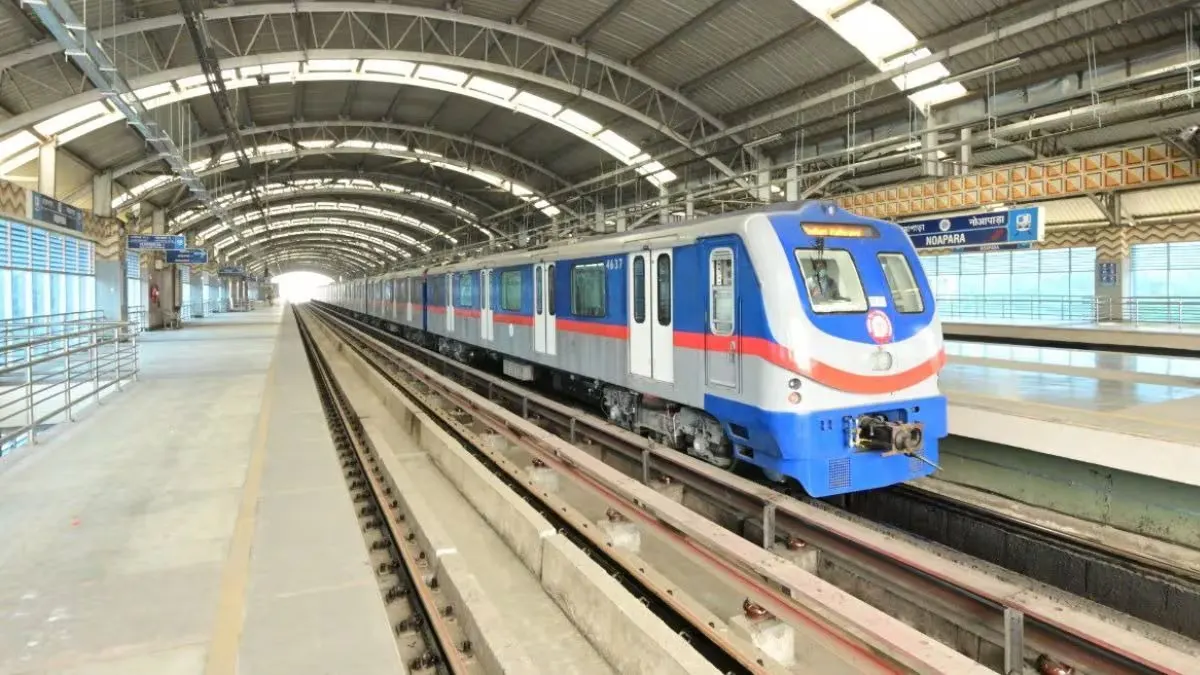
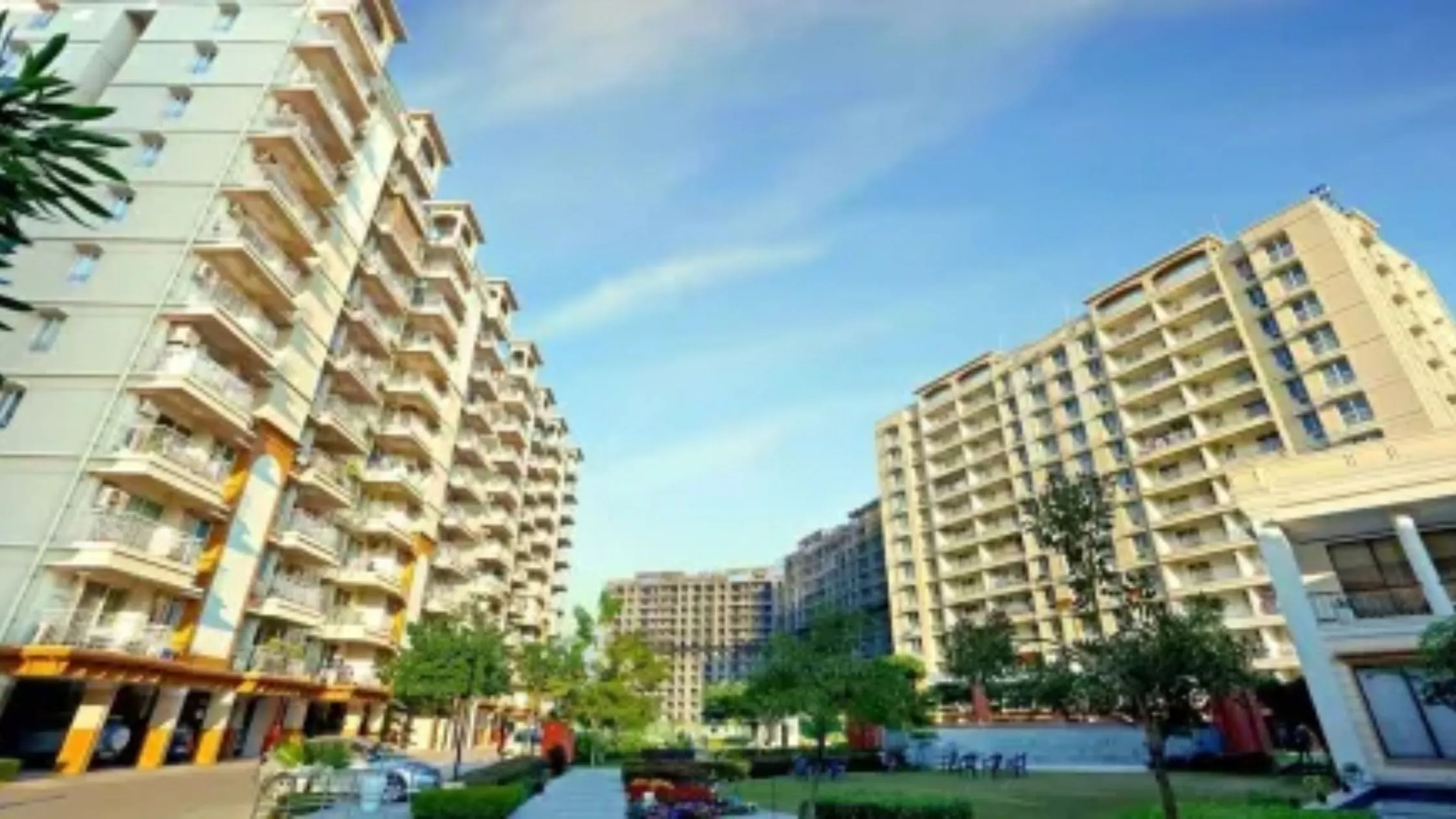
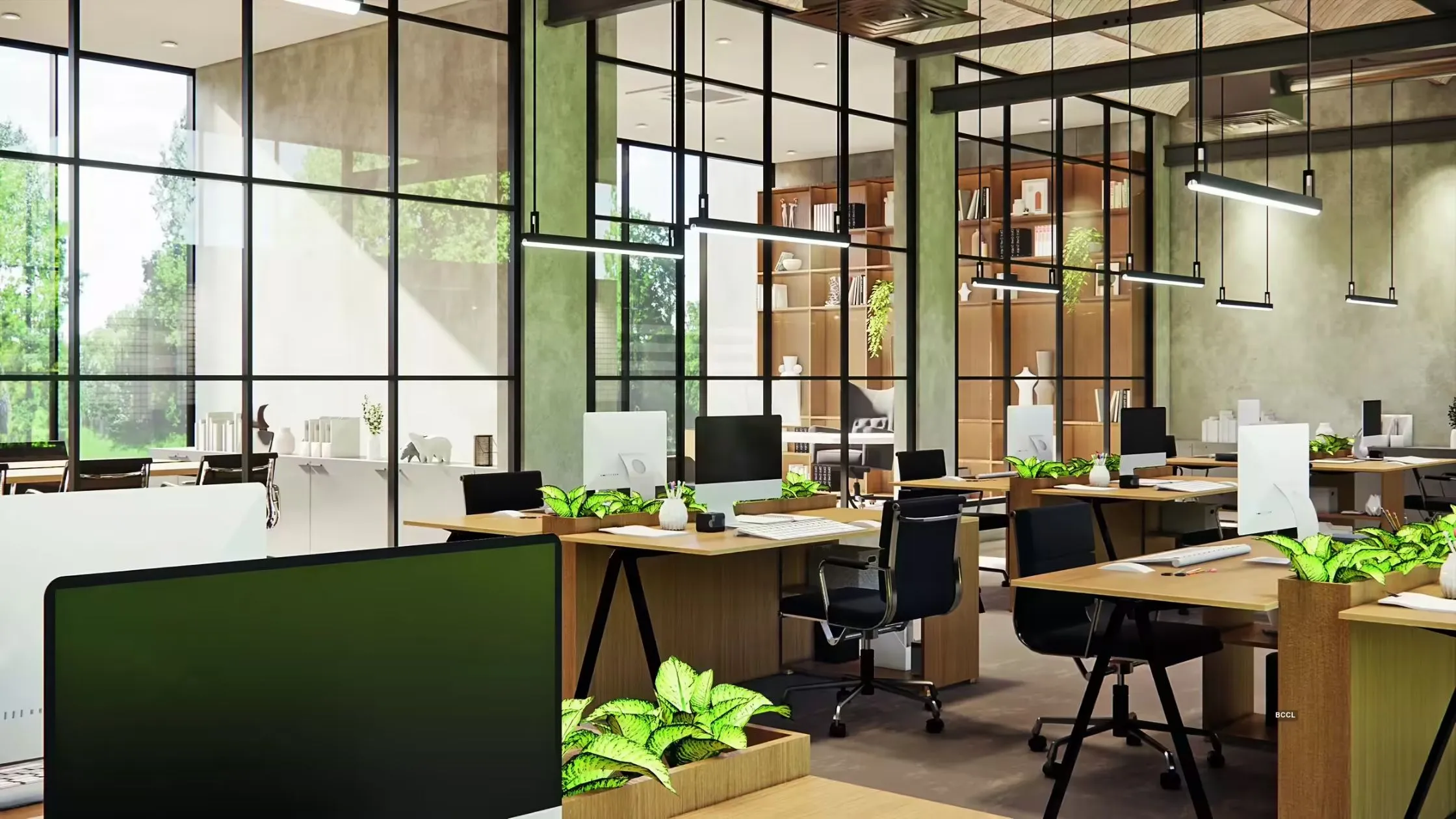
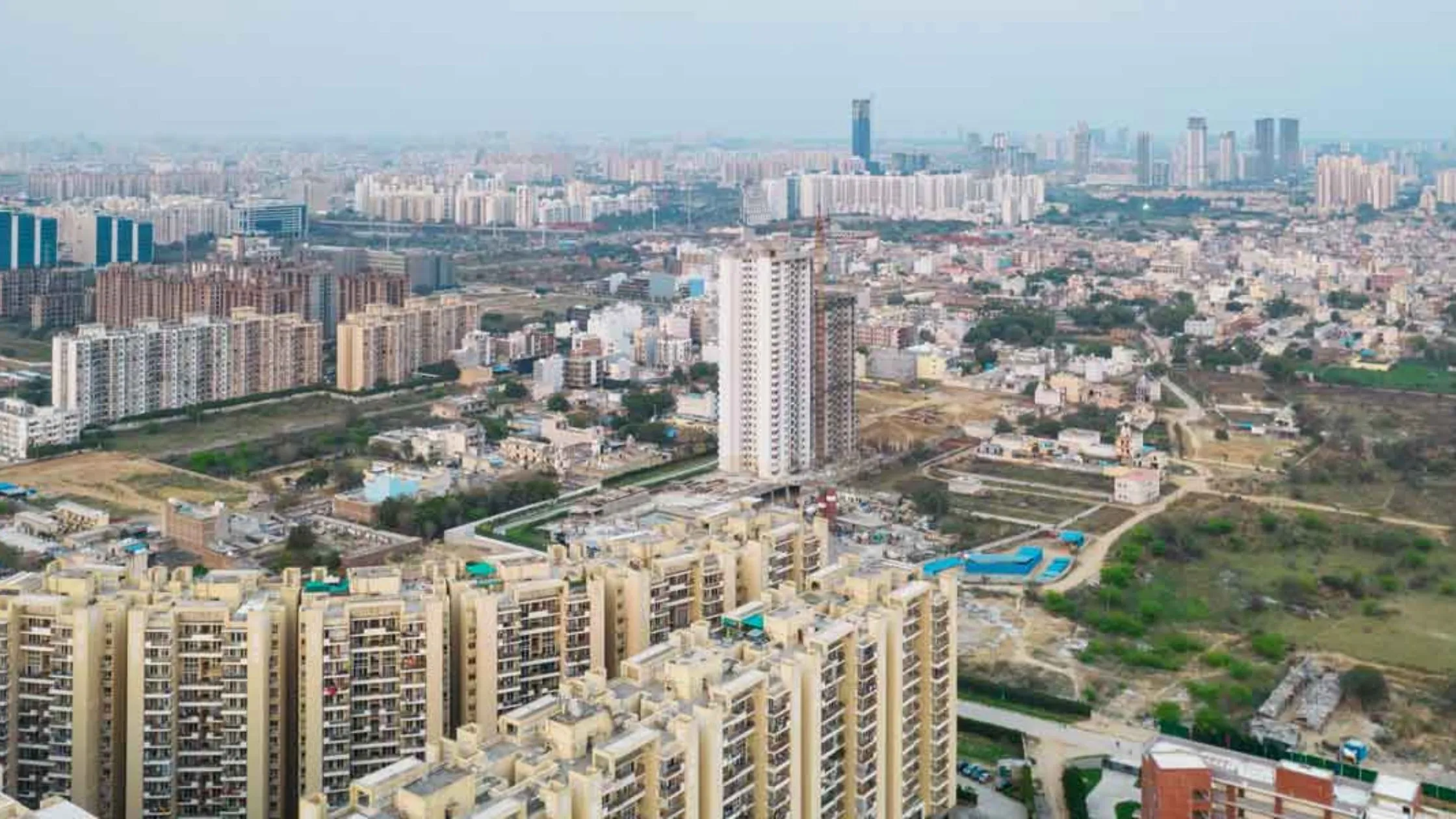
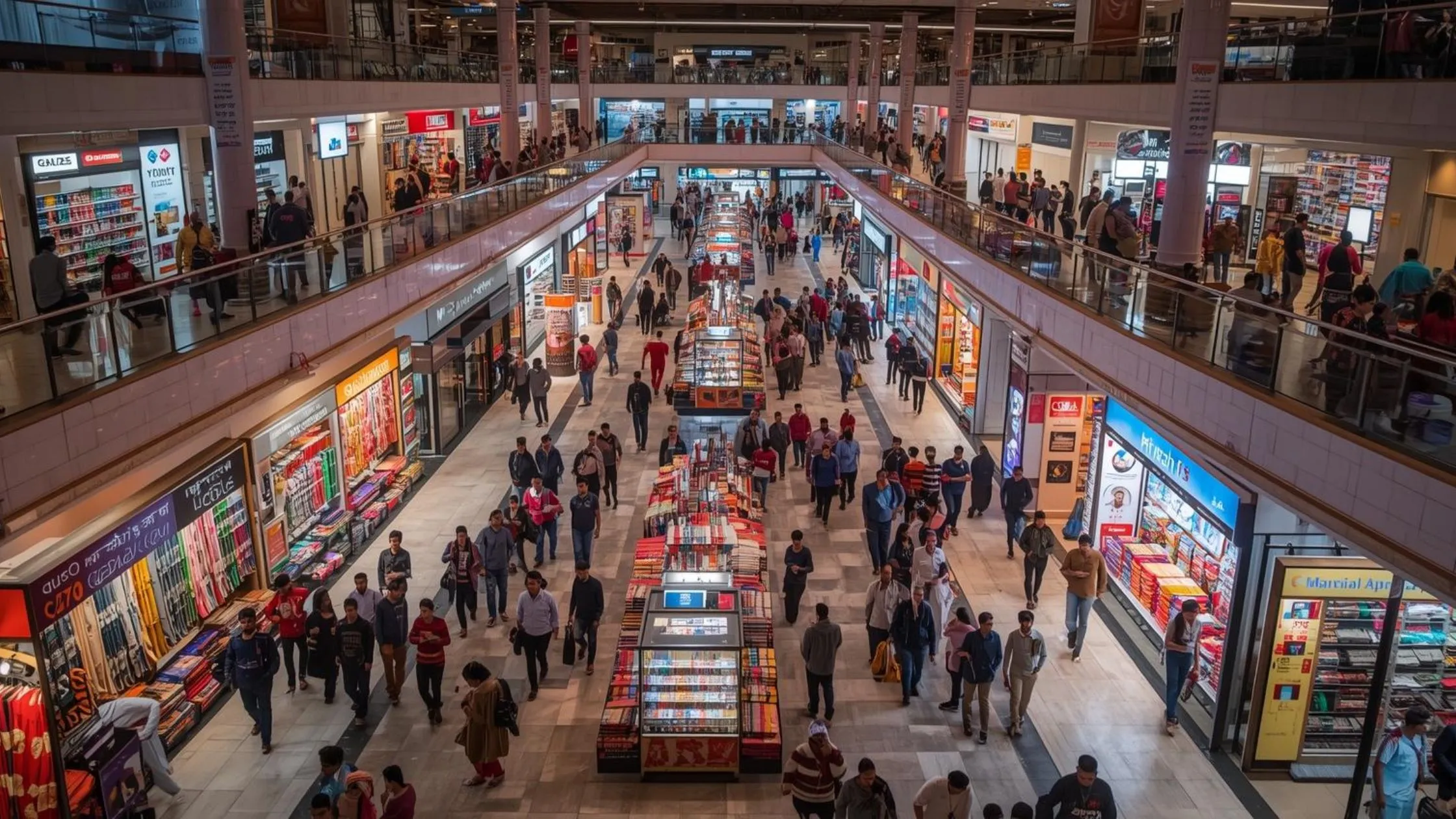

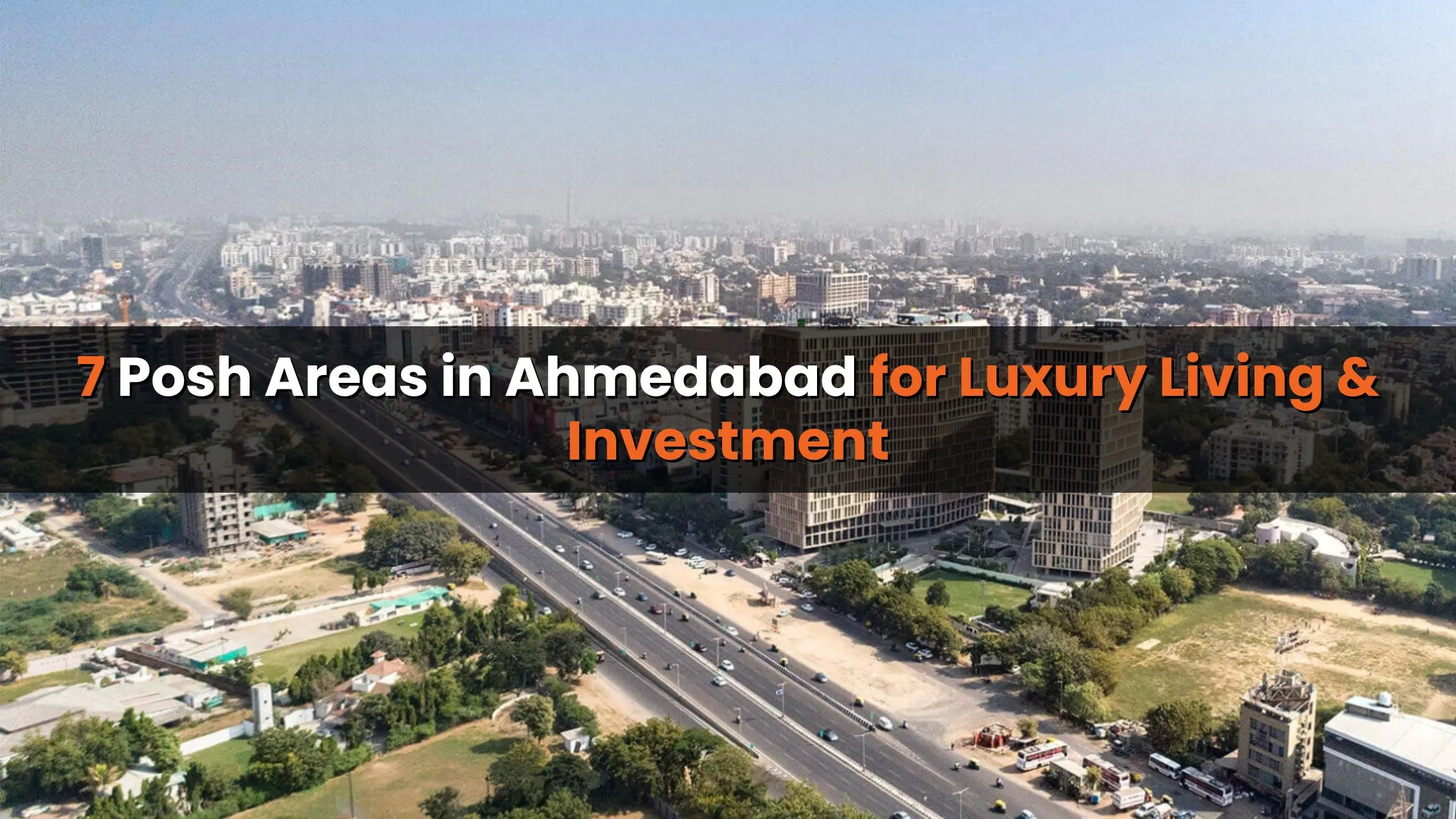
Ans 1. Lucknow Metro Phase-1B is an 11.165 km extension of the city’s metro network, featuring 12 stations (seven underground and five elevated) that will connect key areas in Old Lucknow to the existing metro system.
Ans 2. It will link important neighbourhoods like Aminabad, Yahiyaganj, Pandeyganj, and Chowk, along with landmarks such as King George’s Medical University, Bara Imambara, Chota Imambara, Bhool Bhulaiya, and Rumi Darwaza.
Ans 3. The estimated cost is around ₹5,801 crore.
Ans 4. Improved connectivity is expected to boost property demand, increase values, and encourage refurbishment of older buildings, making these localities more attractive for residents, investors, and businesses.
Ans 5. While new land availability is limited, better infrastructure can drive redevelopment, renovation of existing properties, and the rise of organised retail and commercial spaces.
Ans 6. The metro will reduce travel time, ease traffic congestion, boost local commerce, attract investments, create jobs, and promote tourism in heritage zones.
Ans 7. By connecting major cultural landmarks to the metro network, the project will make it easier for tourists to visit heritage sites, increasing footfall and supporting the hospitality sector.
Ans 8. Once Phase-1B is operational, the metro network will expand to 34 km.